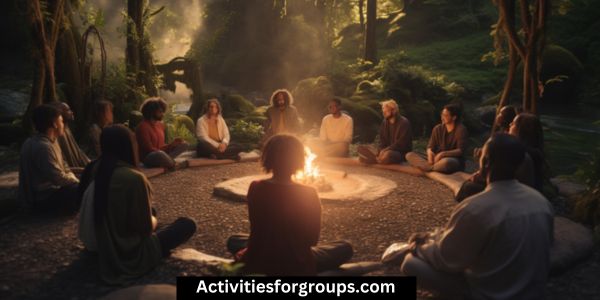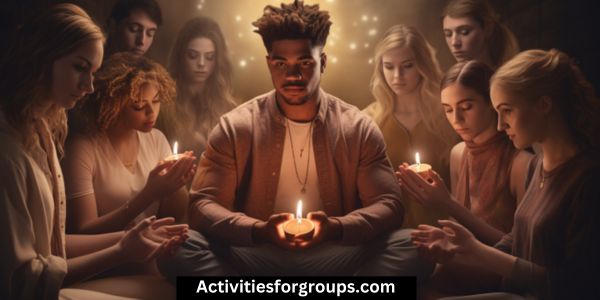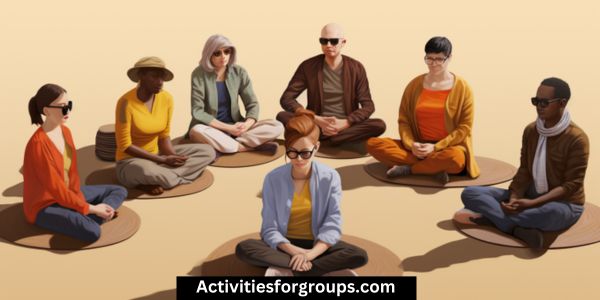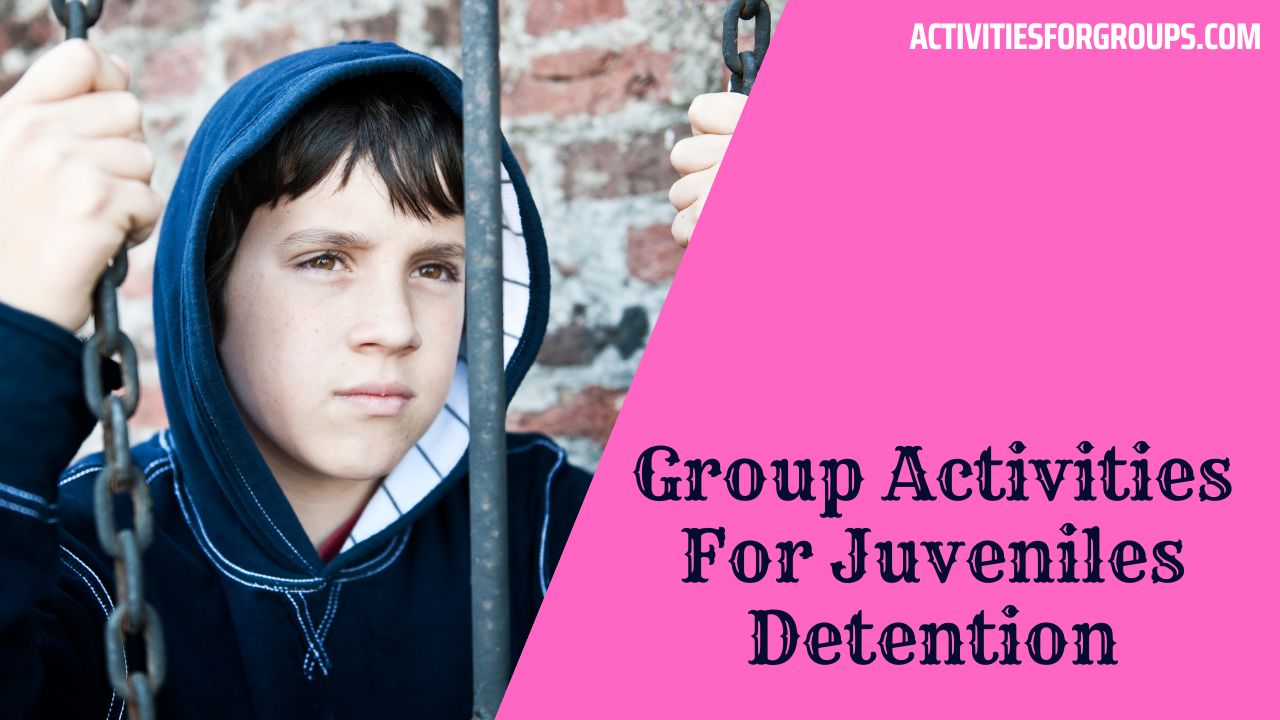Are you looking to join a group mindfulness and meditation session? If so, you should know what the facilitator’s role is!
They help to create a supportive and structured session, offering guidance and support to help you reach your goals.

Read on to learn more about the facilitator’s role in a group mindfulness and meditation session.
Facilitator Role
As a facilitator, you’re responsible for leading a group mindfulness and meditation session. Your job is to create a safe and comfortable environment for the participants, and help them shift their mindset to one of relaxation and peace. You’ll need to demonstrate several techniques that can help the participants to relax and focus on the present moment.
One of the most important aspects of your job is to be aware of the participants’ experiences and adjust the session if someone is having difficulty. At the same time, you should seek to ensure that everyone is on the same page. You should be able to provide guidance and support during the session, and be familiar with several relaxation techniques to help the participants achieve a sense of calm.
You should also be able to keep the group focused on the task at hand. This means ensuring that the participants are engaged and participating to the best of their abilities. It’s also important to be able to recognize when someone is struggling and adjust the session accordingly.
Group Support
In addition to creating a safe and comfortable environment, it’s important for the facilitator to provide group support and encouragement when leading a mindfulness and meditation session. |
| Coaching Techniques | Mindfulness Tools |
|---|---|
| Ask questions | Guided meditation |
| Listen attentively | Breath awareness |
| Encourage participation | Focusing techniques |
| Offer feedback | Body scans |
The facilitator can use coaching techniques such as asking questions or listening attentively to help the group explore the mindfulness tools more deeply. Encouraging participation is also important, as it helps to keep the group engaged and motivated. The facilitator can also offer feedback to help ensure that the group is using the mindfulness tools correctly.
Mindfulness tools such as guided meditations, breath awareness, focusing techniques, and body scans can be used to help participants gain a greater understanding of their thoughts and emotions. With the support of the facilitator, the group can explore these mindfulness tools in a safe and supportive environment.
Session Structure

By providing group support and encouraging participation, the facilitator can help create a group-mindfulness session structure that ensures everyone has a meaningful experience. The facilitator should be familiar with mindfulness practices, such as breathing exercises, body scans, and guided visualizations. They should also be able to provide techniques for emotional regulation, such as simple relaxation strategies.
The structure of the session should be adapted to the needs of the group, allowing individuals to participate in a way that’s comfortable for them. The facilitator should establish a sense of trust and safety in the group, and ensure that everyone has equal opportunities to participate.
The facilitator should also have an understanding of how to create an environment that allows everyone to connect with their inner experience. This may include encouraging participants to practice in silence, and to take time to explore their own thoughts and feelings.
Finally, the facilitator should be able to provide support and guidance to the group, and be available for questions and discussion. They should offer encouragement and reassurance throughout the session, and ensure that everyone is comfortable and engaged.
Guidance
As a facilitator, it’s your responsibility to provide guidance and support to the group to ensure everyone has a meaningful experience. You should give instructions for mindful movement, such as guided breathing and stretching exercises, to help participants in their practice. Additionally, you should be aware of the group dynamics and recognize when members need more support or assistance. By doing so, you can ensure everyone is able to get the most out of the session.
You should also provide guidance to the group by setting a calm and peaceful atmosphere. Using calming music or nature sounds, and lighting candles can help create a relaxing space. Additionally, you should provide verbal instructions while guiding the group, as this will help to ensure that everyone is on the same page.
Finally, you should provide encouragement to the group throughout the session. Offering affirmations and positive reinforcement can help to keep the group motivated and engaged. Providing gentle reminders to keep the group focused can also help to make sure everyone is getting the most out of the experience.
Reaching Goals

By providing support and encouragement throughout the session, you can help the group reach their goals in mindfulness and meditation. To do this, you must first connect the goals of the group to the mindfulness activities. Ask participants what their goals are and use that information to structure the exercises.
Additionally, your listening skills are vital. Listen closely to each participant and try to understand their individual perspectives. This will help you tailor the session to meet the needs of each individual.
You can also use positive reinforcement to motivate participants to reach their goals. Acknowledge each person’s achievements, no matter how small. This will help them stay on track and stay focused on their goals. Additionally, remind participants of their goals throughout the session. This will help keep them motivated and inspired to reach their goals.
Frequently Asked Questions [FAQs]
How Do I Find a Qualified Facilitator?
Selecting a qualified facilitator is important for group dynamics. Research facilitator selection criteria and look for one with experience in mindfulness and meditation. Ask questions like: what is their background? Are they certified? What techniques do they use?
What Are the Best Techniques for Establishing Group Dynamics?
When facilitating a group, it’s important to establish group dynamics. Try different facilitation styles and communication techniques to ensure everyone is heard. Use active listening and be aware of the energy in the room. This can help create a comfortable and safe environment for everyone.
Are There Any Specific Qualifications for Participating in a Mindfulness and Meditation Session?
No specific qualifications are needed to participate in a mindfulness and meditation session, but active listening and guided imagery can help you get the most out of it.
How Can I Be Sure That the Session Will Be Tailored to the Group’s Goals?
Ask the facilitator how they will connect the participants and create trust. They should be able to explain how the session will be tailored to meet the group’s goals.
How Can I Measure the Success of the Session?
As a facilitator, measure the success of the session by engaging participants and setting expectations. Ensure everyone is on the same page and that everyone’s goals are met.
Conclusion
As a facilitator, you play an integral role in a group mindfulness and meditation session. You provide structure, guidance, and support, which helps the group reach their goals and gain the most out of the experience.
By being present and attentive, you create a safe space for the group to explore their inner selves and practice mindfulness and meditation.
You’re an invaluable asset to the group and your role is essential to the success of the session.




Leave a Reply